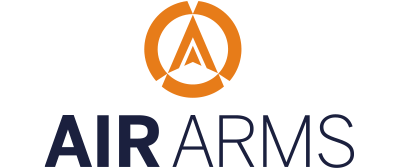
How much should I spend on an air rifle?28 June 2024 | Air Arms
Whether you're new to buying air rifles or if you're an avid shooter who happens to be asking yourself how much you should be spending on an air rifle - we've got you covered. From spring air rifles, gas piston air rifles and PCP to the different types of prices to look out for with leading manufacturers, we'll find the best solution for you. The short answer is that it depends on your needs and preferences - there is no correct answer. - but we will go into more detail in this article of why this is a complex answer. In this article, we will delve into the factors that influence air rifle pricing so that you can make a well-informed decision to strike the perfect balance between your budget and your air rifle aspirations. 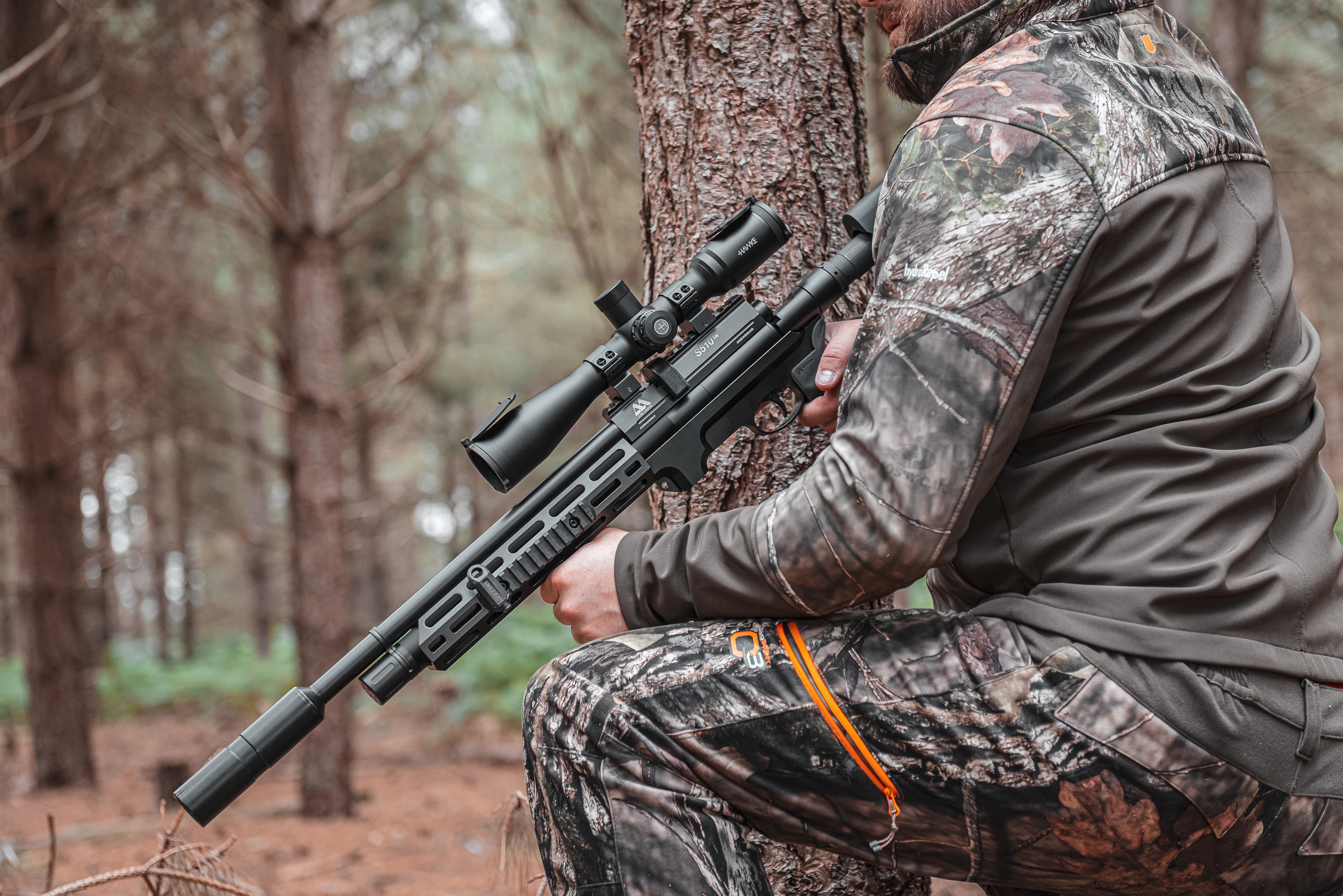 What can influence the cost of an air rifle?Several factors can influence the cost of an air rifle, ranging from basic entry-level models to high-end precision rifles. Understanding these factors can help you make an informed decision when considering the purchase of an air rifle. Here are some key elements that can affect the cost:
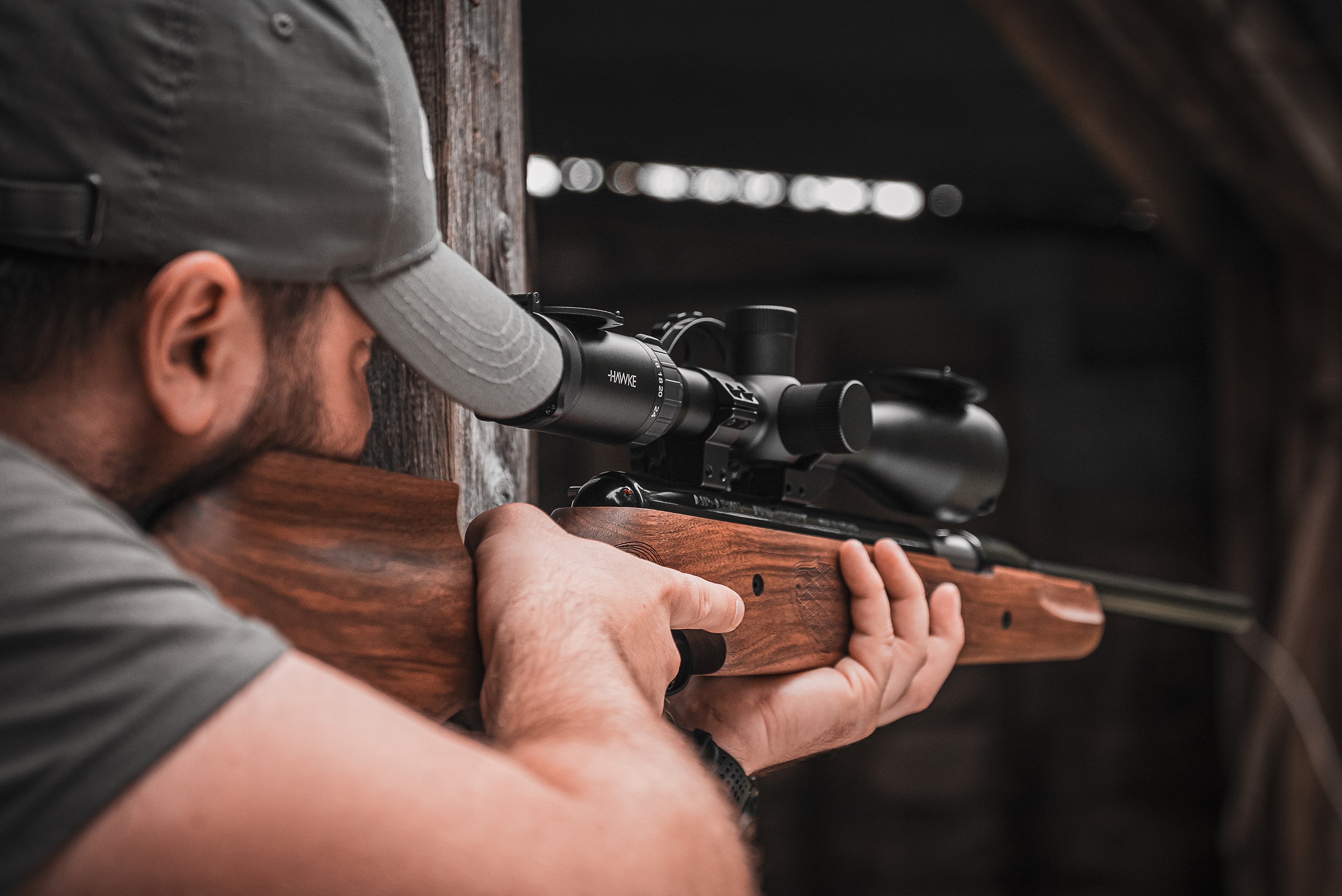 Air Rifle ChoicesWhen considering air rifles, several types and models are available on the market to cater to various needs and preferences. Let's take a look at some of the most popular choices. Spring-Piston Air Rifles:Spring air rifles use a spring-loaded piston to compress air, creating the force needed to propel a pellet. They are known for their simplicity, reliability, and ease of maintenance. Pricing StructureSpring-piston air rifles typically offer a cost-effective entry point into the world of air gunning. Prices range from budget-friendly options for beginners to higher-end models with enhanced precision and power. The performance attributes of spring-piston rifles include:
Gas Ram Air Rifles:Gas ram air rifles, or gas-spring or gas-ram rifles, replace the traditional coiled spring with a gas-filled cylinder to provide the necessary compression for firing pellets. Pricing StructureGas ram air rifles often occupy a mid-range pricing segment due to the added cost of the gas ram system. The benefits of reduced vibration, consistent shot-to-shot performance, and improved longevity contribute to the slightly higher price tag. Advanced features like adjustable gas pressures and enhanced shot consistency further contribute to the overall cost of gas ram rifles. 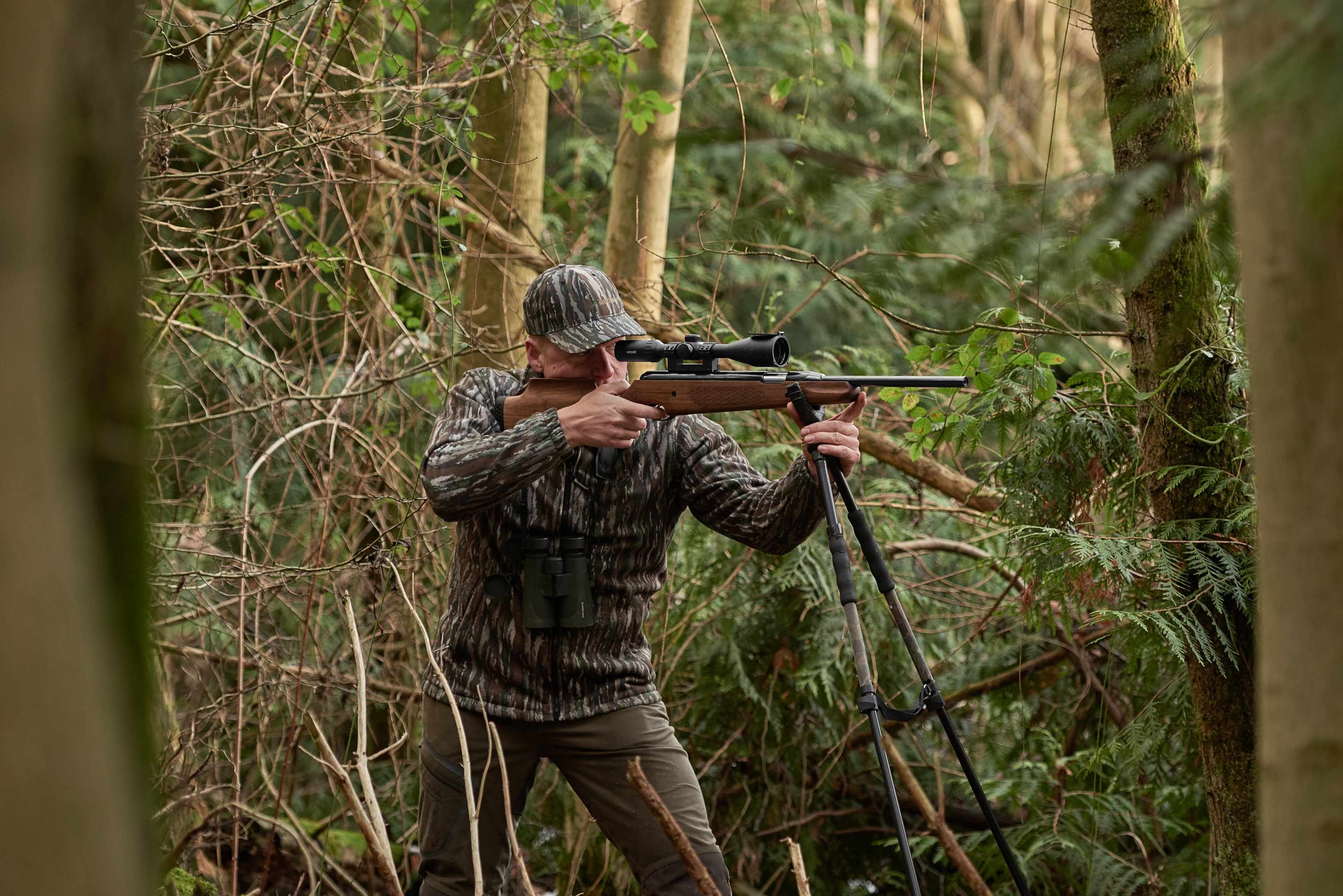 Pre-Charged Pneumatic (PCP) Air Rifles:Pre-charged pneumatic (PCP) air rifles rely on compressed air stored in a reservoir for power, offering shooters the advantage of multiple shots before needing a refill. Pricing Structure PCP air rifles are often associated with premium pricing due to their advanced features and high-performance capabilities. The cost of PCP rifles reflects the quality of materials used, precision engineering, and intricate mechanisms required for optimal functionality. The superior accuracy, extended shooting sessions, and customisable settings justify the investment in a PCP air rifle for serious shooters. Less popular types of Air Rifles:Additional types of air rifles, such as CO2-powered rifles and multi-pump pneumatic rifles, offer unique features and performance capabilities that cater to different shooting preferences. CO2-powered rifles provide convenience and semi-automatic functionality, whereas multi-pump pneumatic rifles offer variable power adjustments through manual pumping. The pricing of these rifles varies depending on the complexity of their mechanisms, the materials used, and the included features. So, how much should you pay for an air rifle?The short answer is that it depends on your needs and preferences - there is no correct answer. When determining how much to spend on an air rifle, several factors should be considered to ensure you get a gun that meets your needs and provides a satisfying shooting experience.
Ultimately, the amount you should spend on an air rifle depends on your preferences, shooting goals, and budget constraints. By carefully evaluating these factors and determining the features that matter most to you, you can arrive at a budget that aligns with your needs and helps you choose the best air rifle for your shooting activities. 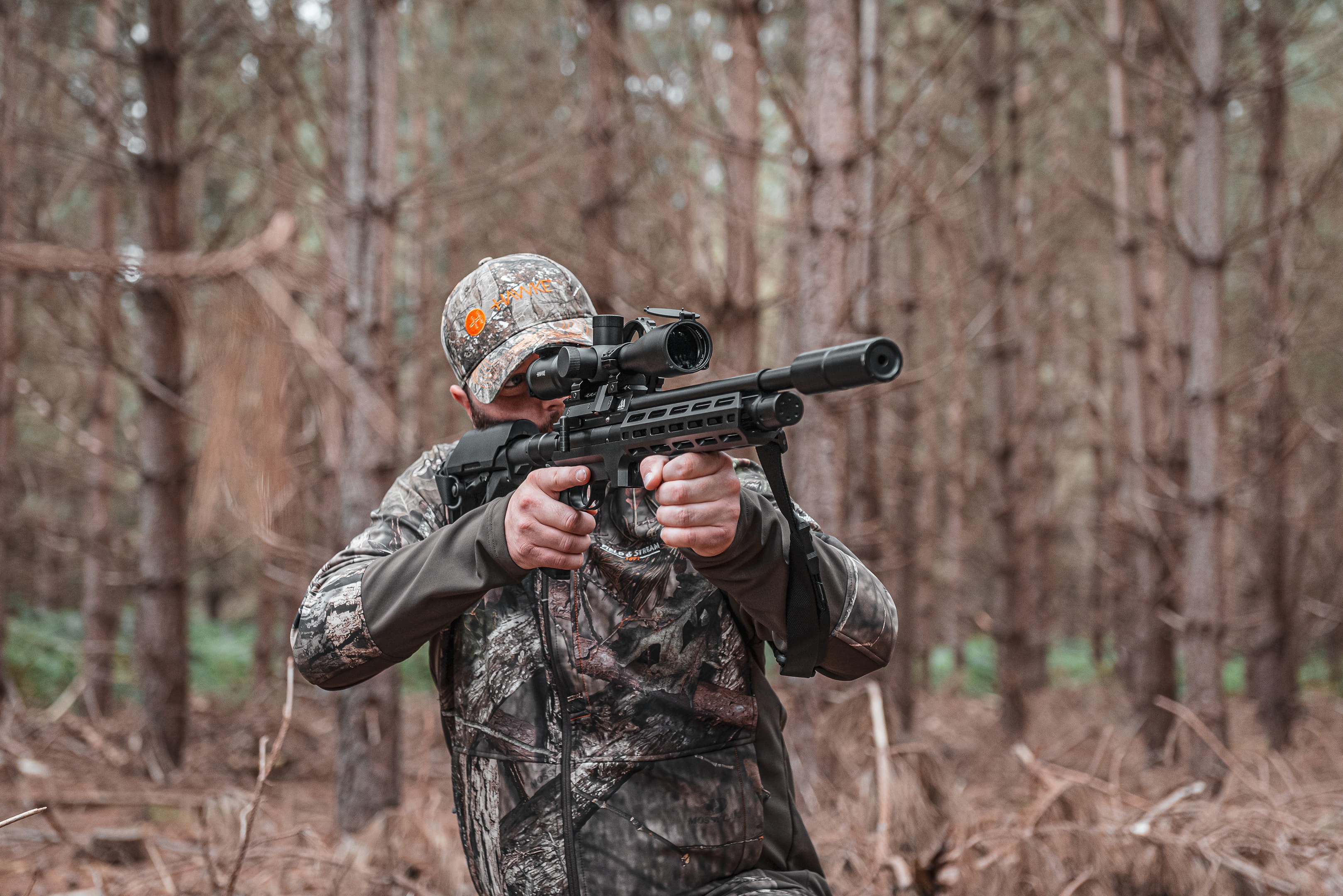 The ranges of Air RiflesAir rifles are commonly categorised based on their price range and the features they offer. These categories help buyers identify where a particular air rifle stands regarding cost and quality. Here are the typical ranges of air rifles:
These general guidelines can vary based on the brand, model, features, and market conditions. When selecting an air rifle, it's essential to consider your shooting needs, skill level, budget, and desired features. 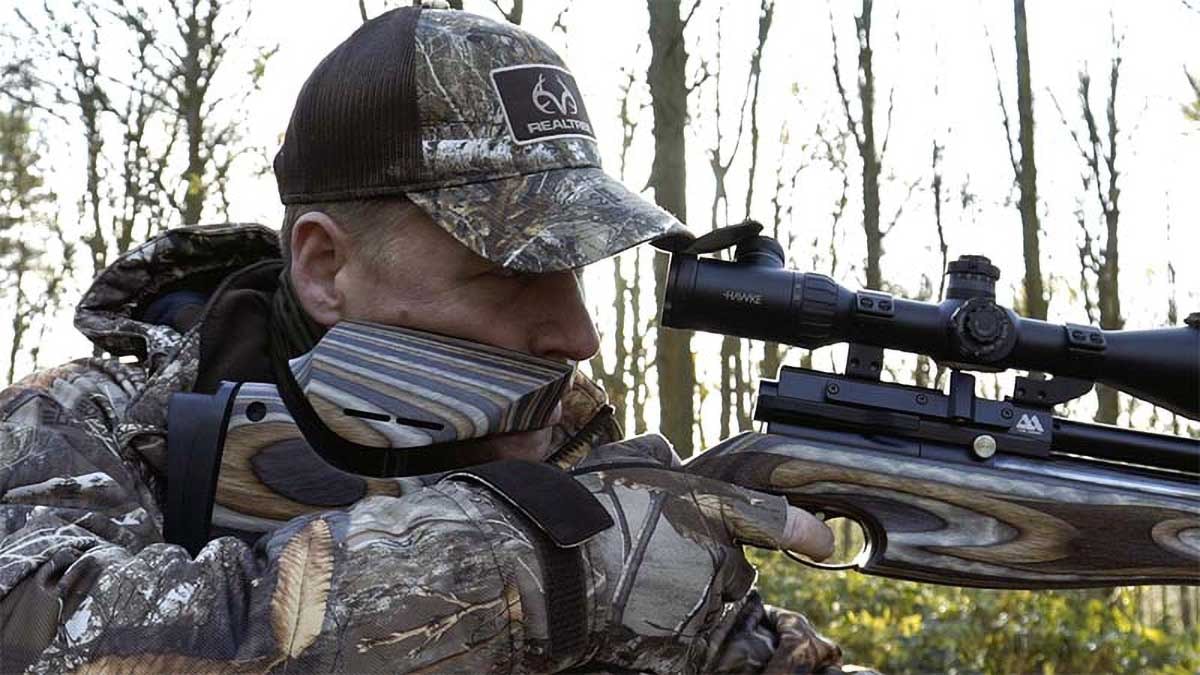 Cost Considerations for Your Air Rifle1. Shooting Needs:
2. Experience Level:
3. Intended Use:
4. Long-Term Investment Goals:
By carefully evaluating the value proposition of air rifles across different price points and balancing budget constraints with desired features and performance, you can make informed decisions that optimise your shooting experience within your financial means. 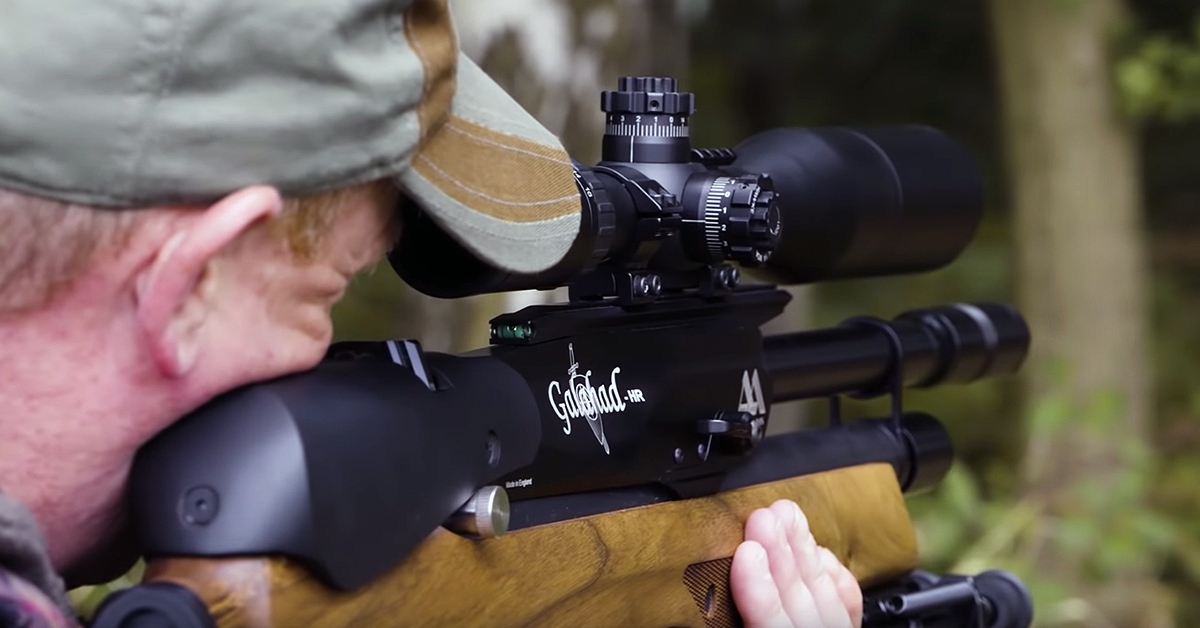 Additional Cost ConsiderationsAccessoriesScope: Investing in a quality scope can enhance accuracy and precision, especially for target shooting or hunting applications. When selecting a scope, consider factors like magnification, reticle type, and durability. Pellets: Different types of pellets can impact your shooting performance. Experimenting with various pellet weights and designs to find what works best for your air rifle can be beneficial. Cleaning Kit: Regular maintenance is crucial for optimal performance. Acquiring a cleaning kit with brushes, solvents, and lubricants helps preserve the longevity of your air rifle. Targets: Whether paper targets for practice or reactive targets for fun, having a variety of targets can make shooting sessions more engaging. Maintenance:Cleaning and Lubrication: Regularly cleaning the barrel, action, and other components and applying appropriate lubricants can prevent wear and maintain consistent performance. Seal Replacement: Over time, seals in the air rifle's mechanism may wear out and require replacement for proper function. Budgeting for seal replacements is essential for long-term maintenance. Sight Adjustment: Fine-tuning the sights on your air rifle for accuracy may require adjustments or professional services, which incur additional costs.  Final ThoughtsWhether opting for an entry-level model for casual shooting or investing in a high-end precision rifle for competitive marksmanship, choosing the right air rifle within a suitable budget ensures satisfaction and performance in various shooting activities. For more information or if you would like to know more about the air guns we offer - please contact us today. We would love to help you find the perfect air rifle for you. |
|